The Humble Hero of BBQ: Mastering the Salt Pepper Rub Brisket
If you've ever taken a bite of perfectly smoked salt pepper rub brisket, you know it's not just meat — it's magic on a plate. But what makes this minimalist marvel so irresistible? And why do pitmasters and backyard grillers alike keep coming back to two simple ingredients that most people already have in their kitchen cabinets?
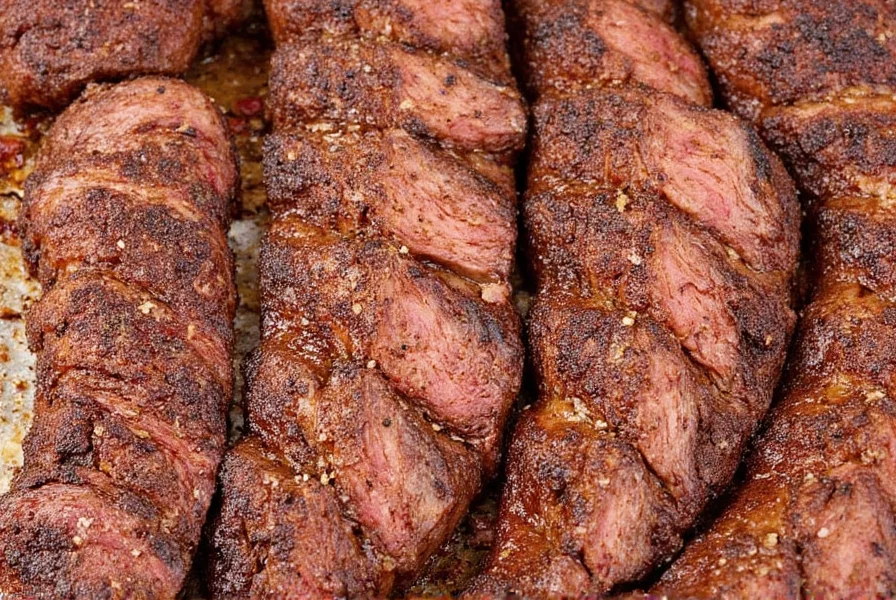
Table of Contents
- Why Two Ingredients Can Outshine a Spice Rack
- The Science Behind the Sizzle
- Rub Basics: More Than Just Sprinkling Salt & Pepper
- Brisket 101: Know Your Cut Before You Season It
- Buying Guide: What to Look for When Buying Salt, Pepper & Brisket
- Pro Tips: From Trimming to Resting Like a Pitmaster
- Troubleshooting Common Mistakes
- Conclusion: Less Really Is More When It Comes to Flavor
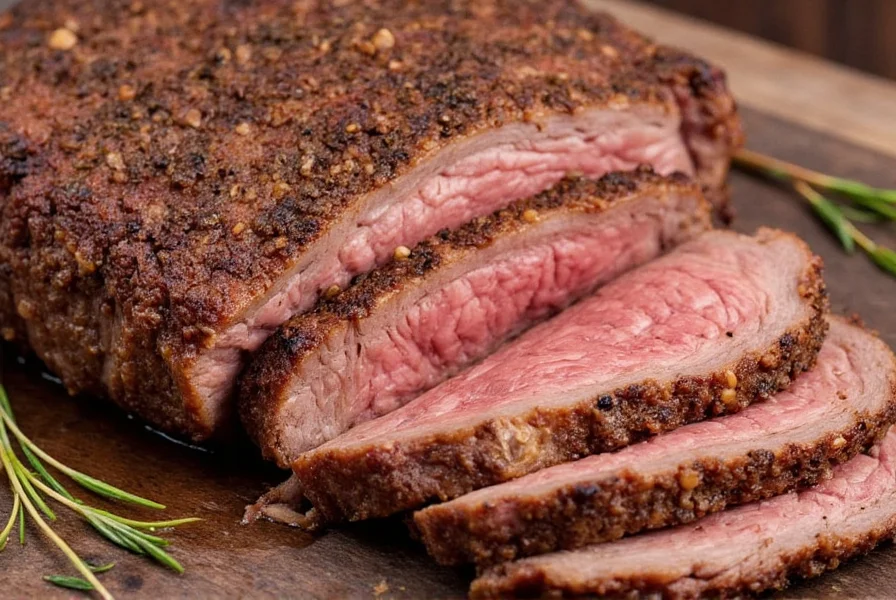
Why Two Ingredients Can Outshine a Spice Rack
We live in an era of exotic spice blends and elaborate marinades. So why would anyone willingly limit themselves to just salt and pepper when making brisket?
The answer is simple: focus.
When you strip away complexity, you allow the natural flavors of the meat to shine. The beefy richness of well-aged brisket, combined with the caramelization from a perfect bark, creates depth that no sauce or glaze can replicate. And let’s be honest — if your brisket tastes like a spice bazaar, something went wrong along the way.
Salt and pepper are flavor conductors. They don’t overpower; they enhance. They bring out the umami, balance the fattiness, and create a crust (or bark) that’s as satisfying to bite into as it is delicious.
The Science Behind the Sizzle
Let’s take a step back and appreciate the chemistry at play here:
- Salt: Not only does it season the meat, but it also draws out moisture, which then gets reabsorbed along with the seasoning. This process, called “dry brining,” helps tenderize the brisket and enhances flavor penetration.
- Black Pepper: Freshly ground black pepper contains piperine, a compound responsible for its signature heat and aromatic punch. When applied generously and exposed to low-and-slow heat, it develops smoky, earthy notes that pair beautifully with wood smoke.
Together, they form a rustic crust that crackles under the knife and holds in juices. That’s right — the bark isn’t just for show; it’s where flavor meets texture in the most satisfying way possible.

Rub Basics: More Than Just Sprinkling Salt & Pepper
You might think all you need is a pinch of salt and a dash of pepper — but there’s more nuance to crafting the perfect salt pepper rub brisket. Let’s break it down:
Choosing the Right Salt
- Kosher salt: Preferred by many pitmasters due to its larger crystal size, which adheres better to the meat and distributes evenly without oversalting.
- Sea salt / Himalayan pink salt: Adds a slight mineral complexity and visual appeal. Great for finishing or using in small amounts in the rub.
- Table salt: Too fine and too salty. Avoid unless absolutely necessary.
Picking the Perfect Pepper
- Freshly ground black pepper: Always use whole peppercorns and grind them yourself. Pre-ground pepper loses aroma and potency quickly.
- Cracked vs. finely ground: Cracked adds texture; finely ground gives a smoother bark. Some pitmasters go for a mix of both.
Ratio Matters
| Rub Type | Salt | Pepper | Notes |
|---|---|---|---|
| Classic Texas Style | 1 part | 1 part | Bold, balanced, traditional |
| Pepper Lover's Mix | 1 part | 2 parts | Spicier, with extra aroma |
| Mild Enhancement | 2 parts | 1 part | Perfect for subtle seasoning |
Brisket 101: Know Your Cut Before You Season It
You wouldn't paint a masterpiece on a blank canvas without understanding the medium — same goes for brisket. Here's what you need to know before applying your salt pepper rub:
Cut Basics
- Packaging Terms: Whole packer (includes point and flat cuts), flat cut (leaner), point cut (fattier).
- Fat Content: Aim for ¼”–½” of fat cap. Trim slightly to allow rub to penetrate but leave enough for moisture and flavor.
- Grade: Choice or higher recommended. Prime is ideal for best results.
Trimming Tips
- Trim uneven areas for even cooking.
- Remove silver skin if present.
- Expose the grain so the rub can adhere properly.
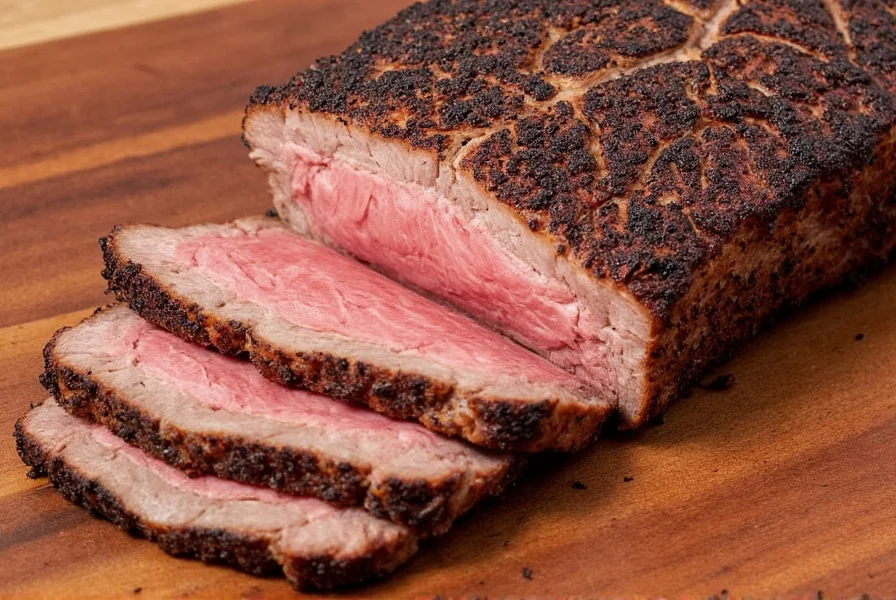
Buying Guide: What to Look for When Buying Salt, Pepper & Brisket
To truly master the art of the salt pepper rub brisket, quality starts with the ingredients. Here’s how to choose wisely:
Salt Options
| Product | Features | Pros | Cons | Best For |
|---|---|---|---|---|
| Diamond Crystal Kosher Salt | Light crystals, less sodium per volume | Easier to control seasoning | More expensive than generic brands | General-purpose rubs and dry brining |
| Morton Coarse Kosher Salt | Denser granules, stronger flavor | Good adherence, bold seasoning | Easily overseasoned | Heavy-duty rub lovers |
| Himalayan Pink Salt | Mineral-rich, visually striking | Unique flavor, great for presentation | Harder to grind, inconsistent texture | Finishing touches or specialty rubs |
Pepper Picks
| Product | Features | Pros | Cons | Best For |
|---|---|---|---|---|
| Maldon Black Peppercorns | High oil content, bold aroma | Rich, complex flavor | Higher price point | High-end rubs and gourmet presentations |
| McCormick Whole Black Peppercorns | Affordable, widely available | Reliable flavor and consistency | Less nuanced than premium options | Everyday smoking and grilling |
| Tellicherry Peppercorns | Larger grains, intense heat | Robust flavor, excellent for slow cook | May be too strong for some palates | Spice-forward rubs and bold briskets |
Brisket Selection
| Type | Features | Pros | Cons | Best For |
|---|---|---|---|---|
| USDA Choice | Moderate marbling, good value | Balanced flavor and affordability | Can be inconsistent in quality | Weekend smokers and beginners |
| USDA Prime | High marbling, rich flavor | Superior tenderness and taste | Higher cost | Competitions and special occasions |
| Grass-fed | Leaner, cleaner taste | Great for health-conscious eaters | Requires careful cooking to avoid dryness | Low-fat diets or lean brisket fans |
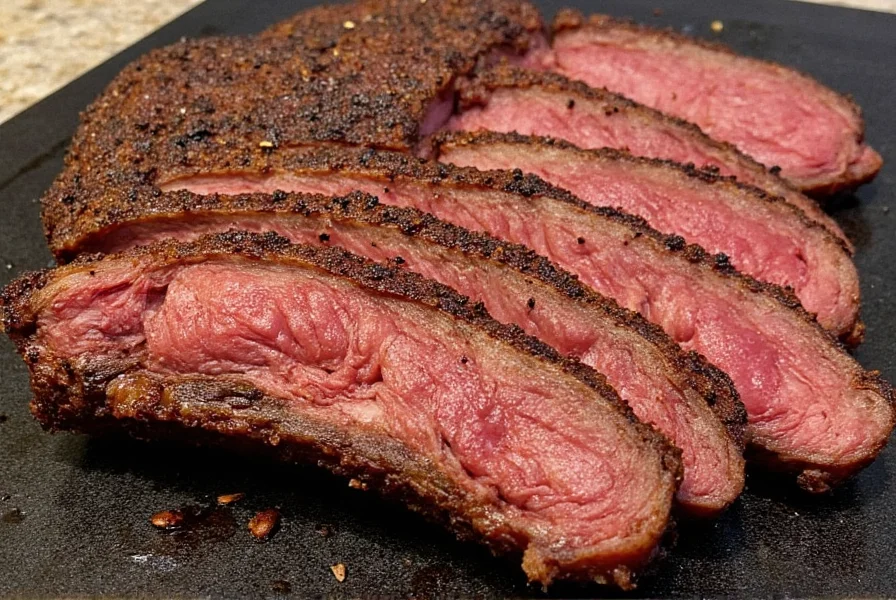
Pro Tips: From Trimming to Resting Like a Pitmaster
Want to turn your backyard brisket into competition-grade greatness? Follow these insider tricks:
- Apply the rub at least 1 hour before cooking – ideally overnight – to allow for dry brining. Wrap and refrigerate.
- Don't skip the fat cap – leave about ¼” to protect the meat and help develop the bark.
- Smoke temp matters – aim for 225°F–250°F for optimal collagen breakdown without drying out.
- Use the stall to your advantage – when the internal temp hits 150°F–160°F, wrap in butcher paper or foil to push through the stall and lock in moisture.
- Rest for at least 1 hour before slicing to redistribute juices. Never rush this step!
Troubleshooting Common Mistakes
Even seasoned smokers can run into issues. Here’s how to fix common pitfalls:
- Too salty: Use finer salt or reduce quantity. Try Diamond Crystal instead of Morton.
- Bark too soft: Increase airflow in smoker and avoid wrapping too early.
- Pepper burns: Apply rub later in the smoke cycle or cover with foil if browning too fast.
- Meat too dry: Wrap earlier, increase humidity in chamber, or rest longer.
Conclusion: Less Really Is More When It Comes to Flavor
In a world obsessed with complicated recipes and fusion flavors, the salt pepper rub brisket stands tall as a testament to the beauty of simplicity. It’s proof that with the right ingredients, technique, and patience, you can achieve barbecue brilliance without a single exotic spice.
Mastering this timeless combo not only hones your skills as a pitmaster, but also deepens your appreciation for the craft of smoking. Because at the end of the day, true flavor doesn’t come from a long list of ingredients — it comes from knowing how to make the most of the few you use.
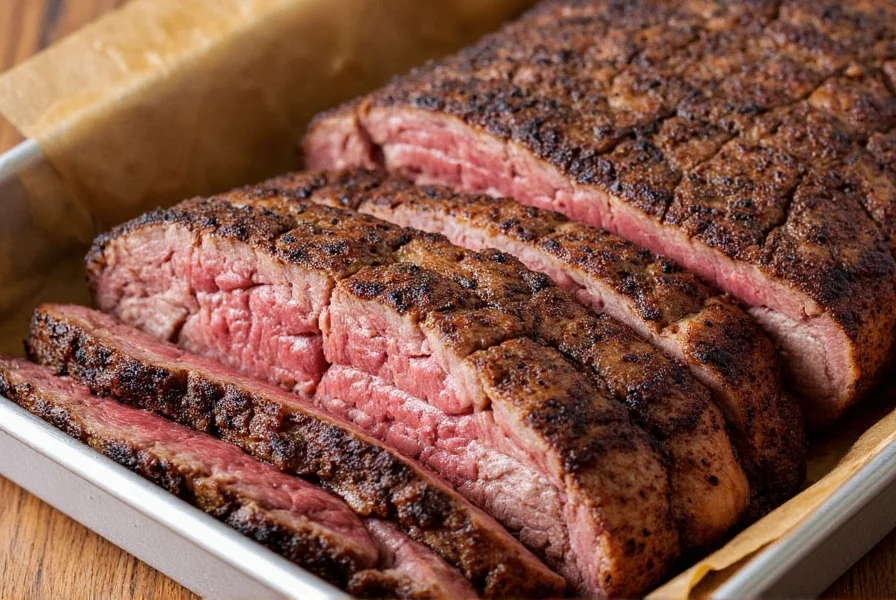
So fire up your smoker, grab your salt and pepper, and get ready to impress with the most understated — yet unforgettable — brisket you’ve ever made.

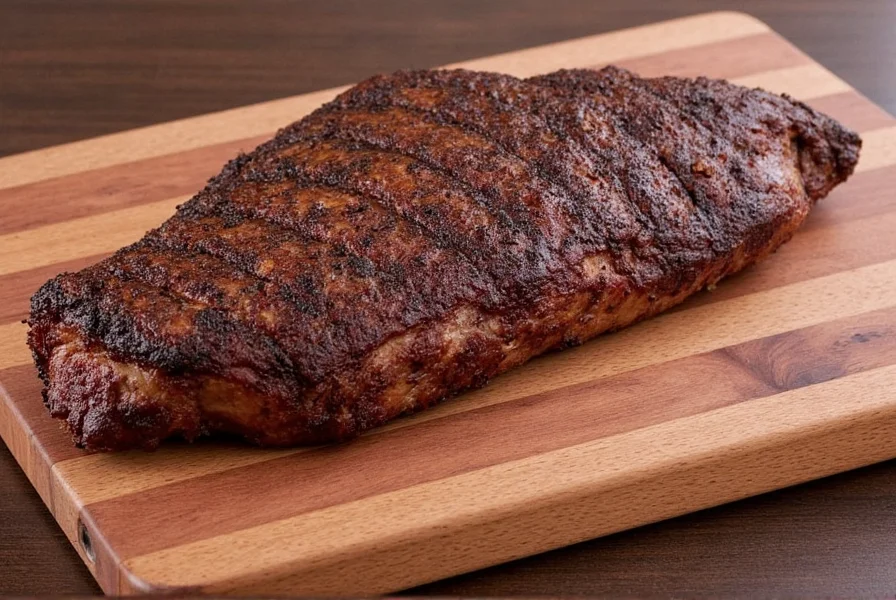









 浙公网安备
33010002000092号
浙公网安备
33010002000092号 浙B2-20120091-4
浙B2-20120091-4